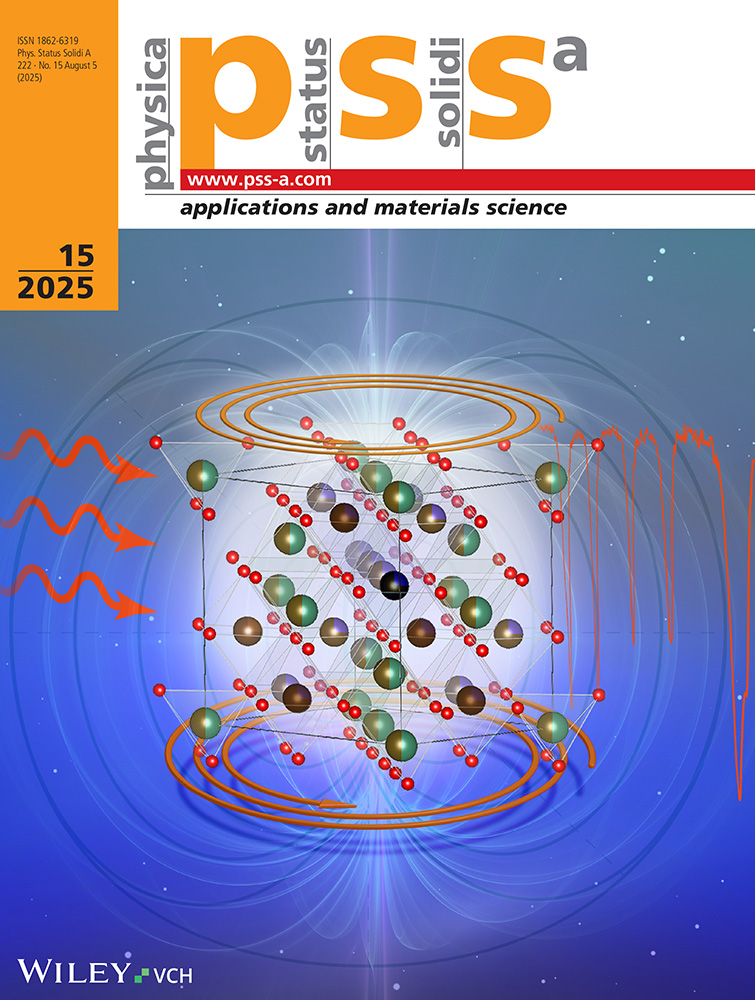The origin of Mo2C precipitate morphology in molybdenum
Bldg. 72, Berkeley, California 94720, USA.
Abstract
enA detailed electron metallographic analysis is conducted on the morphology and interface structure of Mo2C precipitates in a quenched and aged MoC alloy. The precipitates are found to be plate-shaped and to lie on{301} matrix planes. The approximate Burgers orientation relationship,(0001) ‖ (110), [1210] ‖ [111], is confirmed. Characteristic striations along 〈113〉 matrix directions in the interface are analyzed as slip traces of shear loops on the basal plane. The overall features of the precipitate morphology are explained in terms of a model based on the invariant line concept. The invariant plane strain condition of a planar interface is met by the periodic nucleation of shear loops to relieve the developing stresses. An observed small misorientation between the close-packed planes is a consequence of the restraints imposed on the precipitate by the surrounding matrix. Good agreement is also found between the model and independent observations on other refractory metal interstitial alloy systems.
Abstract
deEine elektronenmikroskopische Analyse der Morphologie und der Grenzflächenstruktur von Mo2C-Ausscheidungen in einer abgeschreckten und gealterten MoC-Legierung wird ausgeführt. Die Ausscheidungen sind plattenförmig und liegen auf {301}-Ebenen der Matrix. Die näherungsweise Burgersbeziehung, (0001) ‖ (110), [1210] ‖ [111], wird bestätigt. Charakteristische Streifen in 〈113〉-Matrixrichtungen in der Grenzfläche werden als Gleitstufen von Scher-Versetzungsringen auf der Basisebene analysiert. Die gesamte Ausscheidungsmorphologie wird anhand eines Modells erklärt, das auf dem Konzept der invarianten Linie beruht. Die Bedingung einer invarianten ebenen Verzerrung für eine ebene Grenzfläche wird durch periodische Bildung von Scher-Versetzungsringen erfüllt, um die sich entwickelnden Spannungen abzubauen. Eine beobachtete kleine Misorientierung zwischen den dicht gepackten Ebenen resultiert aus der Begrenzung durch die umgebende Matrix. Gute Übereinstimmung besteht auch zwischen dem Modell und unabhängigen Beobachtungen an anderen interstitiellen Legierungen hochschmelzender Metalle.




